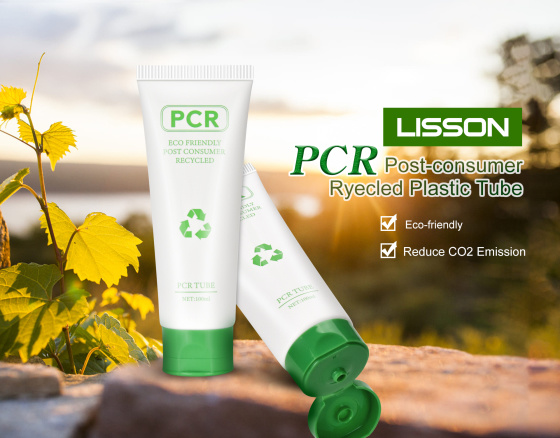The Versatility and Sustainability of Empty Plastic Tubes: A Closer Look
Release time:
Feb 13,2025

In the vast array of packaging solutions, empty plastic tubes often go unnoticed despite their indispensable role across multiple industries. From cosmetics to pharmaceuticals, these containers serve as the backbone for countless products, offering a blend of convenience, durability, and cost-effectiveness. This article delves into the versatility, benefits, and emerging sustainability trends surrounding empty plastic tubes, highlighting their significance in modern commerce.

1. Versatility in Application: The Many Faces of Empty Plastic Tubes
Empty plastic tubes are renowned for their adaptability, catering to a wide range of industries and product types. In the cosmetics sector, they house creams, lotions, and gels, ensuring smooth application and ease of use. Pharmaceutical companies rely on them for ointments and medications, valuing their tamper-evident features and ability to maintain product integrity. Even in the food industry, tubes are used for condiments and spreads, showcasing their diverse utility. Their customizable sizes, shapes, and caps make them an ideal packaging solution for numerous applications.
2. Benefits Beyond Convenience: The Advantages of Plastic Tubes
Beyond their versatility, empty plastic tubes offer numerous practical benefits. They are lightweight and easy to transport, reducing shipping costs and environmental impact. The material's moisture and airtight properties protect sensitive formulations from degradation, ensuring product freshness and efficacy. Their recyclable nature aligns with sustainability efforts, and advancements in plastic technology continue to enhance their eco-credentials. Additionally, the tubes' smooth surfaces facilitate label application and branding, crucial for product identification and marketing.
3. Innovations in Design: Enhancing User Experience
Manufacturers are continuously refining the design of empty plastic tubes to enhance user experience. Ergonomic shapes and easy-squeeze mechanisms make application effortless, while tamper-evident seals and child-resistant caps ensure safety. Customizable dispensing options, such as squeeze nozzles or screw-top applicators, cater to specific product needs and user preferences. These design innovations not only make the tubes more user-friendly but also elevate the overall product experience.
4. Sustainability in Focus: The Future of Empty Plastic Tubes
Amidst growing concerns about plastic waste, the sustainability of empty plastic tubes is under scrutiny. Manufacturers are responding with eco-friendly alternatives, such as biodegradable and compostable plastics, reducing the environmental footprint of these containers. Recycling initiatives and take-back programs encourage circular economy practices, ensuring that plastic tubes are repurposed rather than discarded. Consumer awareness and demand for sustainable packaging are driving these changes, positioning empty plastic tubes as a key player in the transition towards more responsible production and consumption patterns.
The versatility, benefits, and evolving sustainability of empty plastic tubes underscore their enduring relevance in the packaging landscape. As industries continue to innovate and consumers become more environmentally conscious, the tubes' ability to adapt and meet evolving needs will ensure their continued prominence. From cosmetics to pharmaceuticals, empty plastic tubes remain a cornerstone of modern commerce, delivering efficiency, convenience, and sustainability in equal measure







